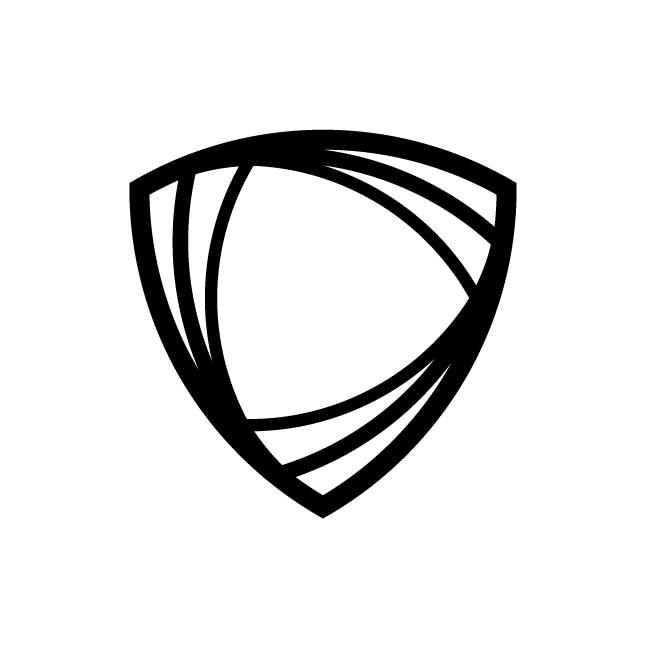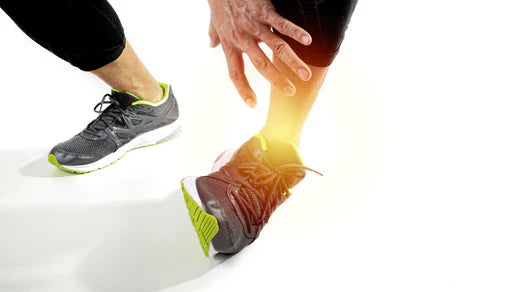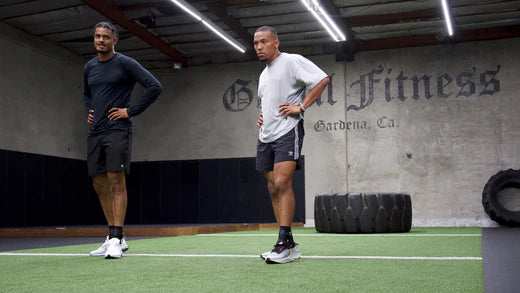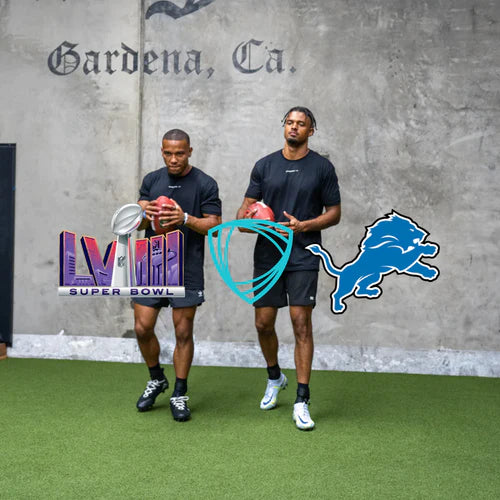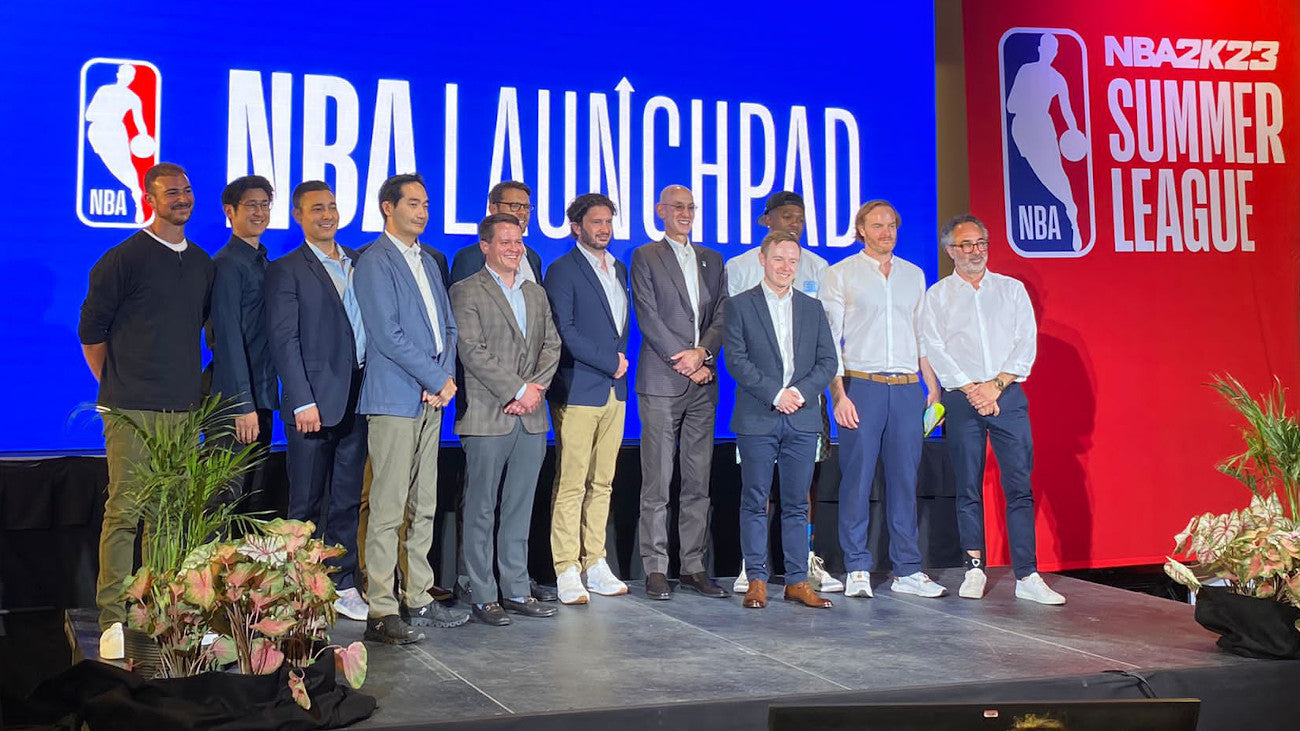Ankle injuries are among the most common of all sports injuries and sometimes result in long downtimes. Depending on the severity of the injury, it can take around 6–12 weeks of rehabilitation to return to sport.
How exactly does rehabilitation work after a torn ligament in the ankle?
Immediately after the injury in training or competition, you should take a break and follow the RICE method with Rest, Ice, Compression and Elevation. You should then go to the doctor the next day at the latest for a more precise diagnosis, even if you think that it will heal on its own with a few days off. Driving with a torn ligament is generally not a good idea. If you get into an accident, you may have to put full weight on your foot.
An injury that is not properly treated or not completely healed often ends in chronic instability of the ankle. This can then lead to recurring injuries, a feeling of instability and pain in the ankle joint under load, and thus to a reduction in your performance.

How long does a torn ligament take to heal, and what does it feel like?
An important decision-making basis for planning rehabilitation is the assessment of the severity of the injury by a professional. The doctor makes the diagnosis by taking an anamnesis, examining the function and mobility of the ankle. With a torn ligament in your foot, it may swell, bruise or be in pain. Your doctor will assess this with pressure or palpation tests, among other things. In some cases, it is also advisable to have an X-ray to rule out that cartilage or bones are also damaged. The torn ligament itself cannot be seen on the X-ray, only on an MRI.
A minor injury is when the ligaments are only partially injured and not completely torn. This is often referred to as a ligament strain.
What is done if a ligament tears?
In the case of particularly severe injuries that also affect other structures such as the syndesmosis ligament or bony structures, an operation may be necessary. In most cases, however, a torn ligament in the ankle is treated conservatively (non-surgically). Immobilizing the ankle is now outdated in therapy.
The doctor usually prescribes an orthosis or bandage that stabilizes the joint. This protects the affected ligaments from excessive stress during the healing phase.
During the acute healing phase, the foot may only be loaded cautiously. It is best to use crutches or supports to walk. Most of the time, the foot should be positioned higher as to reduce swelling. As the healing progresses and the swelling subsides, the foot can slowly return to weight bearing.

Physiotherapy for good healing
Another relevant part of rehabilitation is physiotherapy . In the corresponding healing phase, the stabilizing muscles are strengthened and balance is trained.
An important step in rehabilitation is the return to training. From this point on, the ankle can slowly be dynamically loaded again - ideally under the guidance of special exercises by a physiotherapist. The main aim here is to strengthen the muscles and regain confidence in the stability and function of the joint. It is also important to practice sport-specific movements, avoiding contact with opponents during this step.
Which ankle brace for a torn ligament in ankle?
The most important step at the end is the milestone of returning to sport or competition. From this point on, you can participate in competitions again without restriction. This is often preceded by various function tests to assess whether the ability to exercise is fully restored.
Since there is a 3.5-fold increased risk of suffering another ankle injury after an acute injury, preventive measures are essential, even after complete healing.
That's why we developed The BetterGuard, an innovative ankle bandage for protection against and rehabilitation after ligament tears. Our modern technology has been validated by the Charité, and is also used by professional athletes such as B. Alexander Cossmann. Alexander has now been injury free for 4 years thanks to Betterguards.
Check out our other posts or The BetterGuard!
